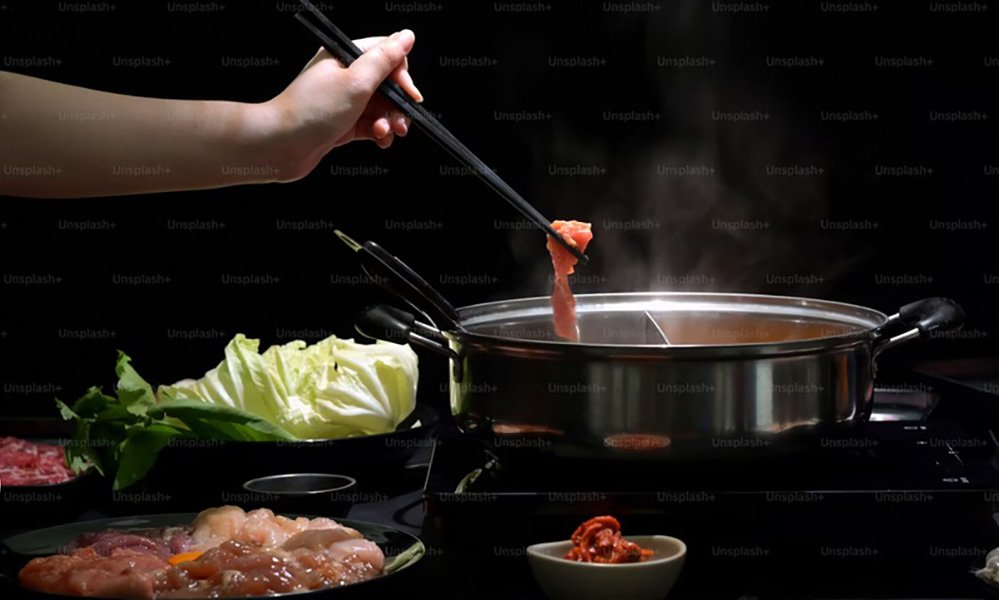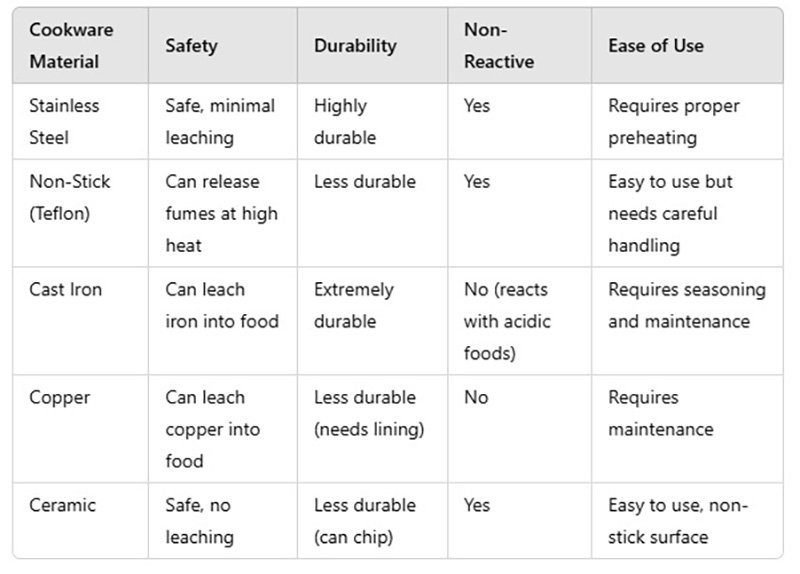Stainless steel cookware is a staple in both professional and home kitchens. It is known for its durability, resistance to rust, and sleek appearance. However, many people wonder: Is stainless steel safe for cooking? In this article, we will explore the facts you need to know about stainless steel cookware, its safety, and how to use it properly.
What Is Stainless Steel?
Stainless steel is an alloy composed primarily of iron, chromium, and nickel. The addition of chromium (at least 10.5%) helps create a protective layer that prevents rust and corrosion. Nickel enhances the strength and resistance of the material, making it more durable and long-lasting.
There are different grades of stainless steel, with the most common types used in cookware being 304 and 316 stainless steel. Both of these are considered food-safe and resistant to most forms of corrosion.
Is Stainless Steel Safe for Cooking?
The short answer is yes, stainless steel is safe for cooking. However, it is important to understand a few key factors:
1. Non-Reactive Surface
Stainless steel is non-reactive, which means it does not leach harmful chemicals into food. Unlike aluminum or copper cookware, stainless steel will not alter the flavor or composition of acidic foods such as tomatoes or citrus-based dishes.
2. Minimal Leaching of Metals
Although stainless steel is generally safe, some metals, such as nickel and chromium, can leach into food in small amounts. This usually happens when cooking highly acidic foods for long periods or using lower-quality stainless steel. However, the amount leached is typically minimal and within safe limits set by health organizations.
3. Heat Resistance
Stainless steel is highly heat-resistant, making it safe for high-temperature cooking, including frying, searing, and baking. It does not release toxic fumes or break down at high temperatures, unlike non-stick cookware with chemical coatings.
4. Durability and Hygiene
One of the biggest advantages of stainless steel is its durability. It does not scratch easily, preventing bacteria from accumulating in cracks or crevices. Additionally, it is easy to clean, reducing the risk of food contamination.
Tips for Using Stainless Steel Cookware Safely
While stainless steel is considered safe for cooking, following these best practices will help you get the most out of your cookware:
1. Choose High-Quality Stainless Steel
Look for 304 or 316-grade stainless steel cookware, as these are the safest and most resistant to corrosion. Avoid lower-quality stainless steel with a high level of impurities.
2. Preheat the Pan Before Adding Oil
To prevent food from sticking, always preheat your stainless steel pan for a minute or two before adding oil. This helps create a natural non-stick effect.
3. Use the Right Cooking Temperature
Avoid using excessively high heat, as this can cause discoloration and increase the likelihood of food sticking. Medium to medium-high heat is ideal for most cooking tasks.
4. Avoid Prolonged Cooking of Acidic Foods
While stainless steel is non-reactive, prolonged exposure to acidic foods (such as tomatoes, vinegar, and citrus) may cause slight metal leaching. If you frequently cook acidic dishes, consider using stainless steel cookware with a non-reactive inner lining, such as ceramic or enamel coating.
5. Clean Properly to Maintain Longevity
•Use warm, soapy water and a soft sponge to clean your cookware after each use.
•For stubborn stains or discoloration, use a paste of baking soda and water or a specialized stainless steel cleaner.
•Avoid using abrasive materials like steel wool, which can scratch the surface.
6. Avoid Cooking with Metal Utensils
Although stainless steel is durable, using metal utensils can cause scratches over time. Wooden, silicone, or nylon utensils are better choices to preserve the finish of your cookware.
Health Considerations: Who Should Be Cautious?
While stainless steel cookware is generally safe, some individuals should be mindful of potential metal exposure:
•People with Nickel Sensitivity: Some stainless steel cookware contains nickel, which can cause allergic reactions in sensitive individuals. If you have a nickel allergy, opt for nickel-free stainless steel cookware.
•Individuals with Heavy Metal Sensitivity: While the levels of chromium and nickel released from stainless steel are minimal, those with extreme sensitivities should consider alternative cookware materials such as ceramic or glass.
Stainless Steel vs. Other Cookware Materials
How does stainless steel compare to other popular cookware materials? Let’s take a quick look:
From this comparison, it is clear that stainless steel offers a great balance of safety, durability, and versatility when used correctly.
Conclusion: Is Stainless Steel Safe for Cooking?
Yes! Stainless steel cookware is one of the safest and most durable choices for cooking. It does not leach harmful chemicals, withstands high temperatures, and provides a hygienic cooking surface. By choosing high-quality stainless steel, following proper cooking techniques, and maintaining your cookware, you can enjoy safe and healthy cooking for years to come.
If you are looking for a long-lasting, non-reactive, and versatile cookware option, stainless steel is an excellent investment for your kitchen.
Learn more: 10 Most Durable Stainless Steel Cookware Brands

